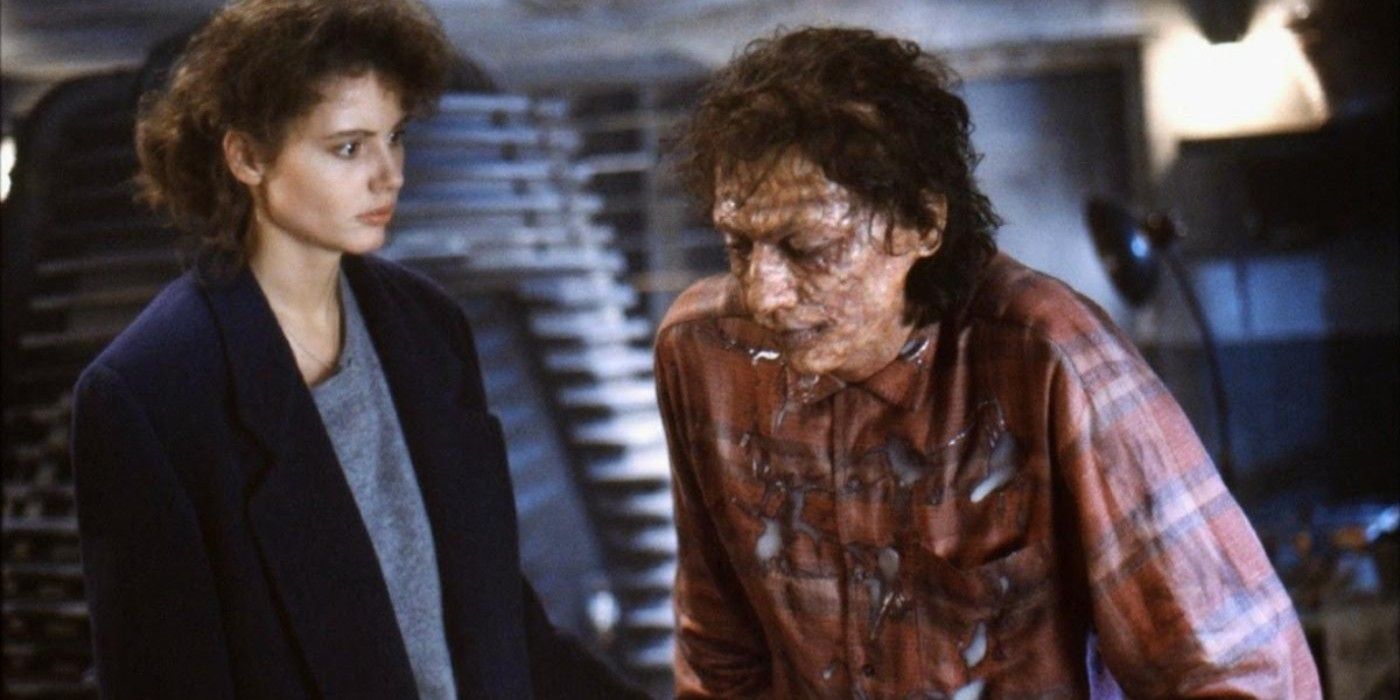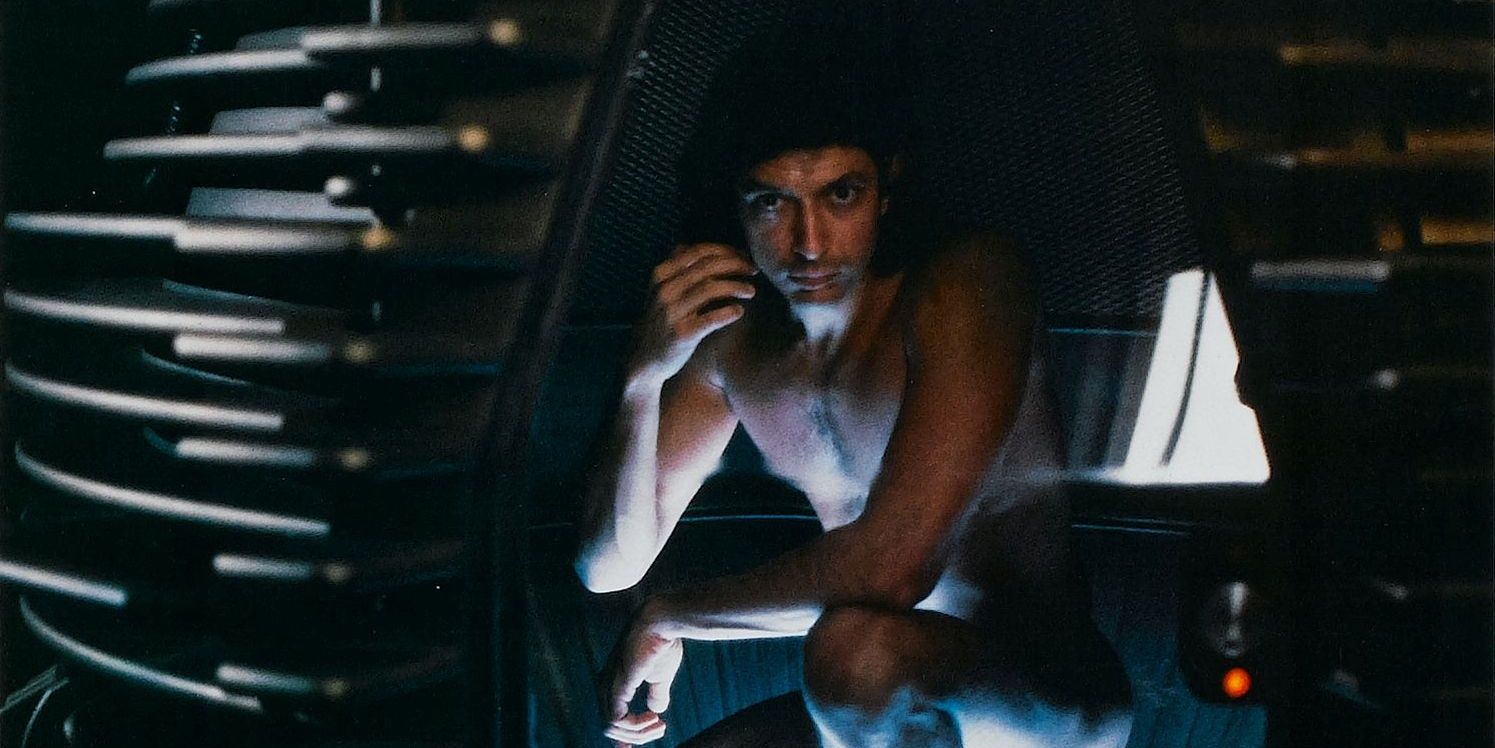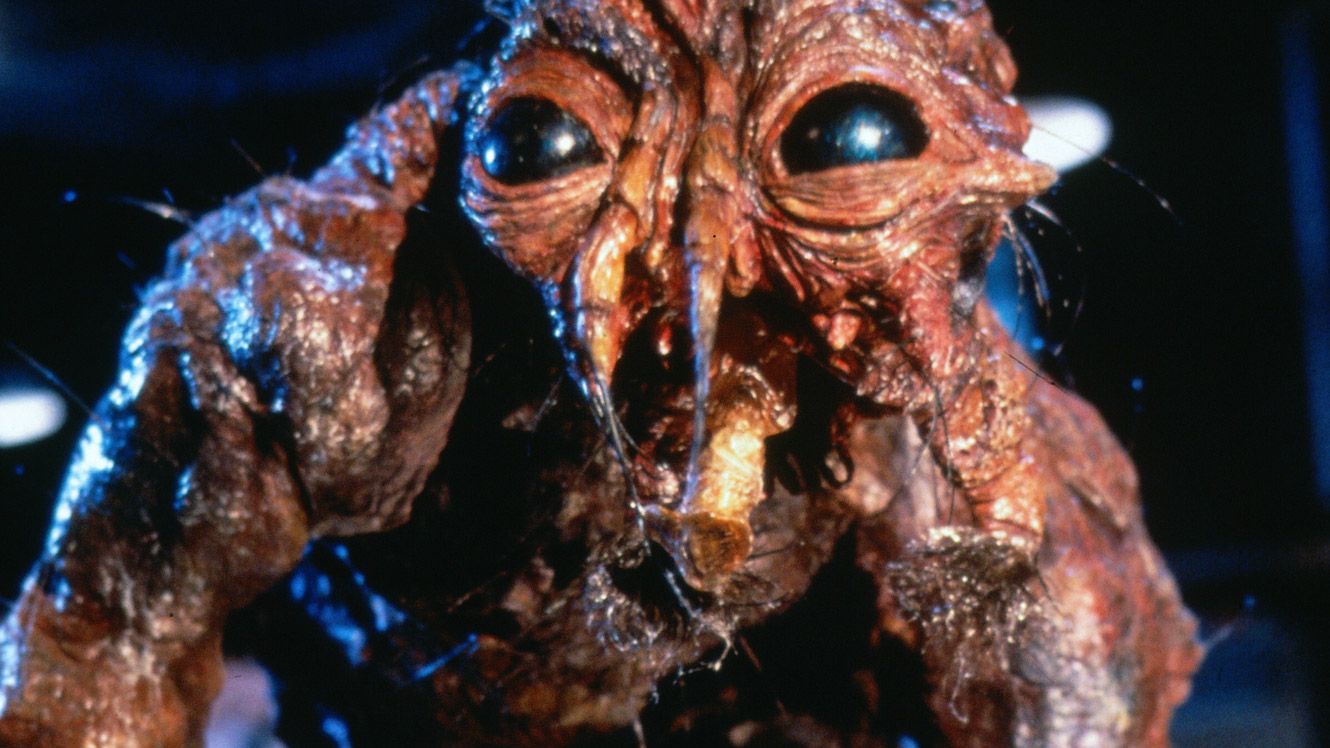Remakes are a tricky thing to pull off. Merely copying an original movie makes little sense; however, there are those who are dissuaded by remakes that change too much. Furthermore, if too much time goes by, remakes must respond to the changes in society or risk feeling outdated. If the original has a massive or a cult following, then filmmakers need to reimagine the material in a way that pleases fans without tarnishing their beloved property.
With these factors in mind, it's often best for a remake to switch the story up enough to present a different version of the core material, adjust the story to suit the current time period and pull just the right amount from of the original to justify it as a remake. While this can be hard, one movie ticks all these boxes, David Cronenberg’s 1986 remake of The Fly. In fact, Cronenberg's remake is arguably better known than the original, truly cementing it as one of the best.
Kurt Neumann’s 1958 movie centers around Hélène's (Patricia Owens) confession of murdering her husband, the scientist André (Al Hedison). Her recounting is shown in a long flashback that takes up half of the movie, and it's revealed that André, whose head and left arm are now a fly's, asked his wife to kill him before he lost his humanity. After she finishes her explanation, Hélène is presumed insane until her brother-in-law (Vincent Price) and the inspector (Herbert Marshall) discover a fly with André’s head and arm in a spider web.
Cronenberg masterfully reimagines this murder mystery as a science-fiction monster story, where scientist Seth Brundle (Jeff Goldblum) discovers a way to teleport things from one pod to another, eventually teleporting himself as a final experiment. Unfortunately, he does not know a fly is trapped with him in the pod. As a result, Brundle and the fly are merged, altering his anatomy to an extreme length.
The original is relatively gore free aside from the blood spatter of André's squashed, fly head and arm, and it focuses more so on whether or not Hélène is a reliable narrator or not. Instead of repeating this, Cronenberg strips the story to its bare bones, resets it in the then modern day (1986) and shifts focus onto the scientist's transformation. By focusing on the science and transformation, Cronenberg delivers on gore, as seen with the inverted, dead baboon.
This is just the beginning of Cronenberg's master class on body horror. Instead of featuring two beings that're altered genetically, like in the original, Cronenberg melds Brundle and the fly into a singular entity. At first, this seems to be a positive as Brundle develops incredible reflexes and strength. However, his body starts to disintegrate, his skin blisters and his teeth, hair and nails fall out. By the end, the fly breaks through Brundle's skin completely, with Brundle's last human remnants being his deteriorating mind.
In contrast to the original’s subdued murder mystery aspect, Cronenberg indulges in gore and madness, updating those effects for modern times. Cronenberg's movie is less of a mystery and more of a psychological nightmare propelled by body horror. However, that does not mean he neglects the entirety of the original story.
Instead of having a wife, Brundle has fallen for journalist Veronica Quaife (Geena Davis), who tries to help him where she can. When he's too far gone, Brundle pleads with her to put him out of his misery, similar to how Hélène killed André. This dynamic not only respects the original's central story, but it also makes the remake more emotionally investing, since audiences watch from Quaife's perspective as her lover turns into a monster.
Along with this, Cronenberg's film becomes a more prominent, cautionary tale about scientific boundaries. Viewers watch the physical and emotional toll this experiment takes on Brundle, making the questions about what constitutes a human being and how far science should go more powerful than in Neumann's version.
Cronenberg’s The Fly is probably his most famous movie. The fact that he was able to take the original premise, translate it into his own time period and improve it by accentuating the original's strengths (the plot) and eliminating its weaknesses (the theatricality) is already impressive. Cronenberg then goes above and beyond by adding his own strengths (the gore) to make his version of The Fly one of the best horror remakes ever.



